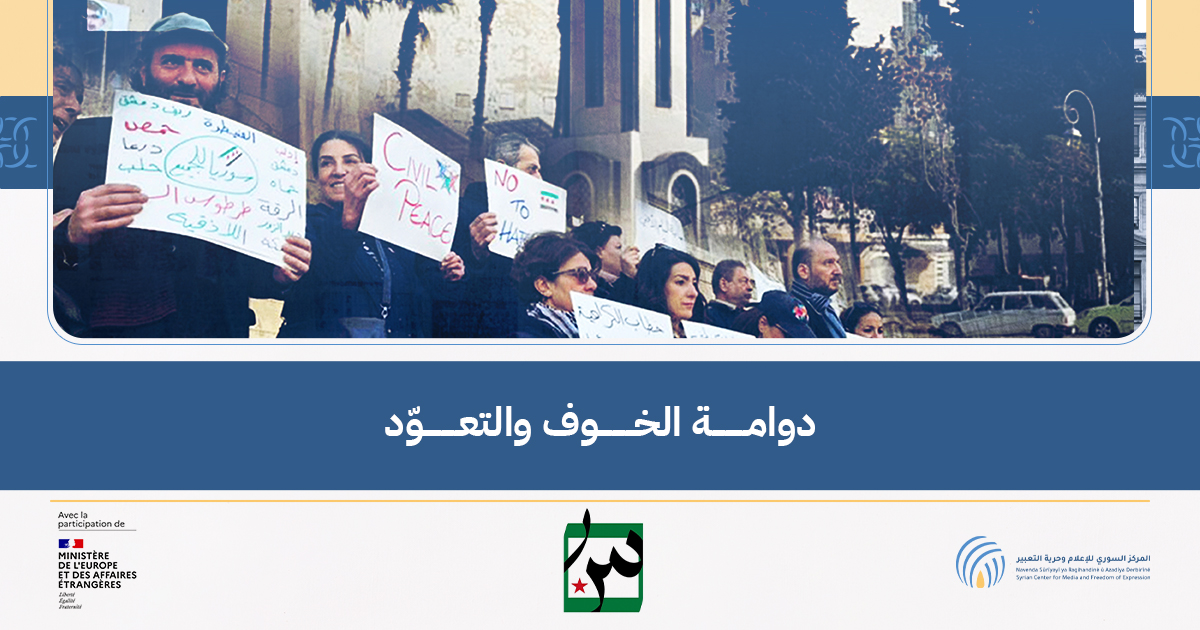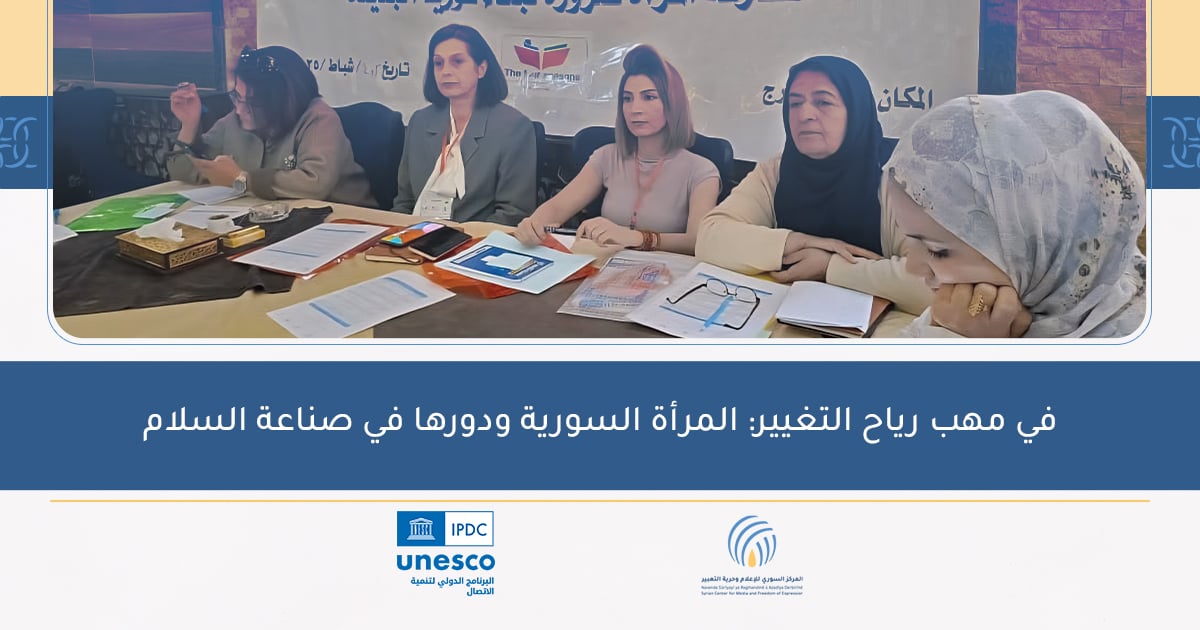In conjunction with the International Day of Mine Awareness and Assistance in Mine Action on the 4th of April, the Violation Documentation Center released the report “The Intensive Use of Prohibited Weapons” regarding random attacks in which prohibited weapons are used by the conflict’s actors during the years 2019-2020, which violates the provision of the international humanitarian law, principles of necessity, distinction, proportionality, rules protecting populations and the prohibition of attacks that do not distinguish civilians from fighters or cause disproportionate harm. That included explosive barrels and containers, incendiary ammunition, cluster bombs, and explosive residue that forms a constant threat for civilians and restricts the future efforts of social and economic development.
According to dozens of interviews conducted by the monitoring team and collections of pieces of evidence, documents and surveys by the researchers of the center, the report was created out of (36) pages and included in its first chapter the legal framework for the use of proscribed weapons within the Syrian conflict, the legal foundation for prohibiting the use of internationally prohibited indiscriminate weapons and attacks, and laws mandating protection of civilians in armed conflicts.
In addition, the second chapter tackled the full responsibility of the conflict’s actors including the Syrian government and the intervening parties (Russia, Iran, and Turkey) regarding any violation of the International Humanitarian Law, which is binding to all countries and, regardless of the nature of the intervention and its legitimacy, stipulates an established international criminal responsibility towards the intervening parties.
In the third chapter, the report includes a briefing for the used weapons in the Syrian conflict and their devastating effect on personnel and objects, let alone the physical harms survivors are left to deal with. The report also offers a series of (26) documented attacks using cluster bomb munitions, incendiary ammunition, and explosive barrels and cylinders. That is in addition to the number of casualties, losses, responsible actors, and any changes to the nature of the attacks where there was an increasing usage of “ballistic missiles equipped with cluster bombs” by the pro-Syrian government groups against civilians.
The report concluded with a set of conclusions related to the conflict’s actors’ violations of the International Humanitarian Law by attacking protected objects, forced displacement of the civilians, targeting workers in medical and educational fields, and the use of car bombs in populated civilian areas. Each practice of the mentioned attacks could be considered as a war crime according to Article 8 of the International Criminal Court (ICC) Statute.
Finally, the report conducted a set of recommendations towards the conflict’s actors to immediately halt any unlawful attacks under the international humanitarian law, commit to a permanent ceasefire, and create conditions for initiating the political transition. Moreover, the United Nations body and relevant organizations along with the international community as a whole and a few of its regional frameworks are recommended to take responsibility in protecting civilians in Syria and address the persistent matter of impunity.





